Along coastlines where the rhythm of tides still dictates daily life, fishing villages maintain traditions that stretch back generations. These communities have resisted the rush of modern development, preserving ways of life that connect directly to the sea’s bounty and the natural cycles that govern coastal existence.
From weathered docks where boats return with the day’s catch to general stores that have served the same families for decades, these villages offer glimpses into authentic maritime culture. Here is a list of 20 fishing villages where time seems to move at the pace of the tides themselves.
Mendocino

This California coastal village perches on bluffs overlooking the Pacific, where Victorian architecture creates a picture-perfect setting frozen in the 1800s. The town banned chain stores and fast food restaurants, ensuring local businesses maintain the authentic character that attracts visitors from around the world.
Commercial fishing boats still work from the harbor below, though tourism now supports more residents than the sea itself. The Mendocino Headlands State Park surrounds the village, preserving both the natural coastline and the historic buildings.
Stonington

Maine’s fishing heritage lives on in this working village, where lobster boats outnumber pleasure craft and the harbor smells of bait and diesel fuel. The town has maintained its commercial fishing focus while carefully managing tourism to preserve the authentic atmosphere.
Local lobstermen still work from the same families that have fished these waters for generations, using knowledge passed down through decades of experience. The village serves as headquarters for one of Maine’s most productive lobster fisheries.
Like Travel Pug’s content? Follow us on MSN.
Apalachicola
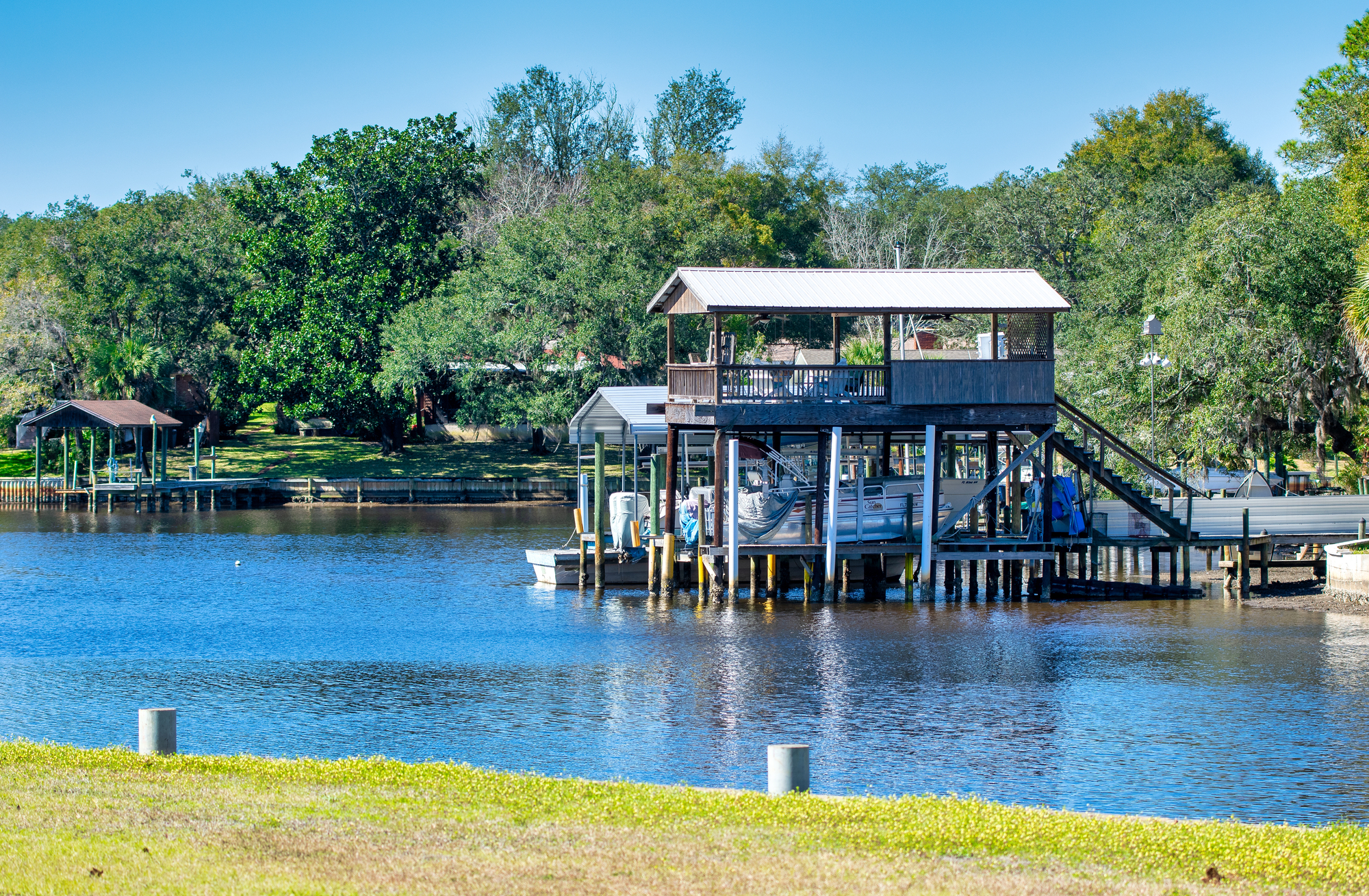
Florida’s oyster capital sits where the Apalachicola River meets the Gulf of Mexico, creating perfect conditions for the shellfish that have sustained the town for over a century. The historic downtown features buildings from the 1800s, when cotton and timber made this one of Florida’s most important ports.
Local oystermen still work the same oyster beds their great-grandfathers harvested, using traditional methods that preserve both the resource and the culture. The annual Seafood Festival celebrates the town’s maritime heritage while supporting local fishing families.
Rockport

This Massachusetts fishing village has inspired artists for generations, where the harbor setting and historic buildings create perfect subject matter for painters and photographers. The town maintains active fishing operations alongside carefully managed tourism, ensuring visitors experience authentic maritime culture.
Local fishermen work from boats that have been in the same families for decades, continuing traditions that date back to the village’s founding. The combination of a working harbor and an artistic community creates a unique atmosphere that attracts both tourists and residents.
Bodega Bay

California’s fog-shrouded fishing village sits north of San Francisco, where the harbor provides shelter for boats working the dangerous waters off the Sonoma Coast. The town gained fame as the setting for Alfred Hitchcock’s ‘The Birds,’ but fishing remains the primary economic activity.
Local fishermen work in some of the West Coast’s most productive waters, bringing in salmon, crab, and rockfish that supply restaurants throughout the region. The village maintains its working character while welcoming visitors who appreciate authentic coastal culture.
Like Travel Pug’s content? Follow us on MSN.
Provincetown

At the tip of Cape Cod, this Massachusetts fishing village has evolved into an arts community while maintaining its maritime heritage. The harbor still supports working fishing boats, though tourism now provides more economic activity than commercial fishing.
Local fishermen work the same waters that have supported the community since the 1600s, using knowledge passed down through generations of Portuguese and Italian fishing families. The town’s narrow streets and historic buildings create an authentic New England fishing village atmosphere.
Gloucester

Massachusetts’ oldest seaport continues to send fishing boats to the Grand Banks, where generations of local fishermen have worked some of the world’s most dangerous waters. The town inspired Sebastian Junger’s ‘The Perfect Storm,’ and the fishing culture that the book depicted remains strong today.
Local fishing families continue traditions that date back centuries, working from boats that represent significant investments in both money and heritage. The harbor bustles with activity as boats prepare for trips that can last several days in the North Atlantic.
Depoe Bay
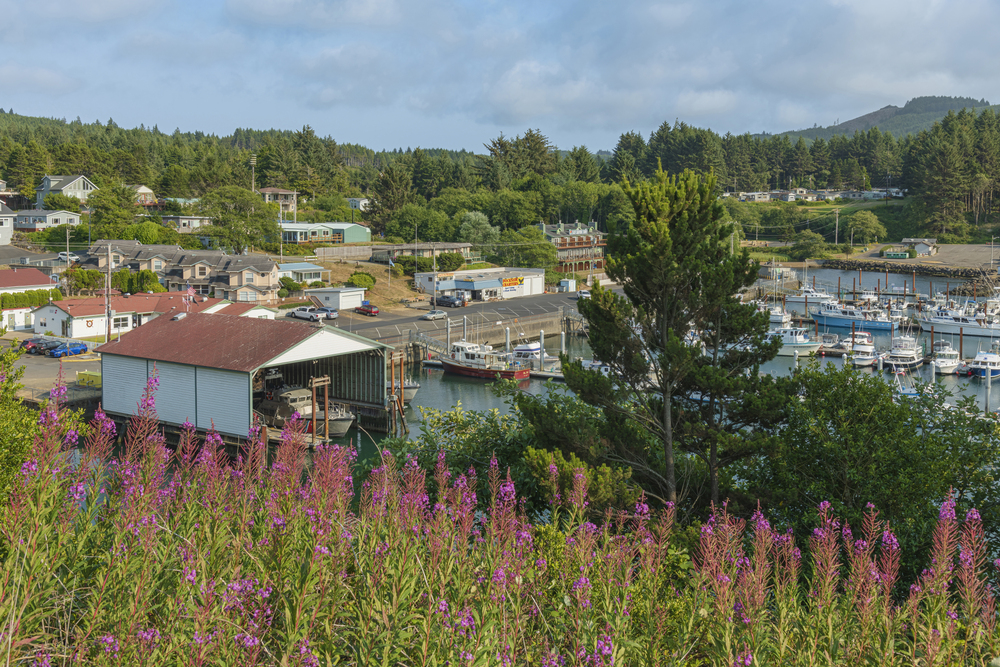
Oregon’s ‘Whale Watching Capital’ sits along one of the most dramatic coastlines in North America, where the world’s smallest navigable harbor provides shelter for fishing boats. The town maintains its fishing character despite the popularity of whale watching tours, with local fishermen working the same waters that support the marine mammals.
Rocky Creek State Scenic Viewpoint and Boiler Bay State Scenic Viewpoint surround the area, preserving both the dramatic coastline and working harbor atmosphere. The combination of commercial fishing and wildlife viewing creates unique opportunities for visitors.
Like Travel Pug’s content? Follow us on MSN.
Kodiak
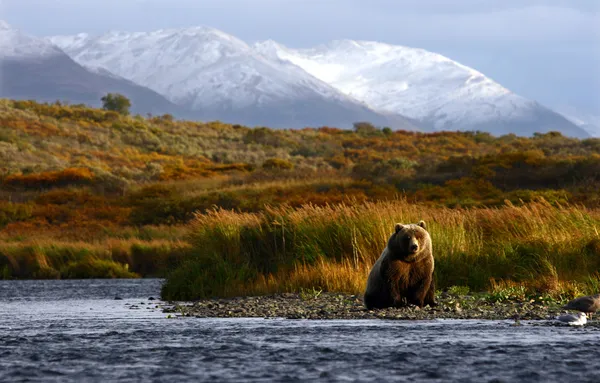
Alaska’s fishing village sits on an island that produces more seafood than any other port in the United States, where the harbor accommodates everything from small fishing boats to massive factory ships. The town maintains its frontier atmosphere while supporting one of the world’s most productive fishing operations.
Local fishermen work waters that can be treacherous, but the rewards from salmon, halibut, and crab fishing support families throughout the region. The village serves as the headquarters for fishing operations that supply seafood worldwide.
Chatham

Cape Cod’s fishing village sits at the elbow of the peninsula, where the harbor provides shelter from Atlantic storms while supporting both commercial and recreational fishing. The town has maintained its maritime character while carefully managing development to preserve the authentic atmosphere.
Local fishermen work waters that have supported the community for over 300 years, using knowledge passed down through generations of fishing families. The village’s historic buildings and working harbor create one of New England’s most authentic fishing communities.
Eureka
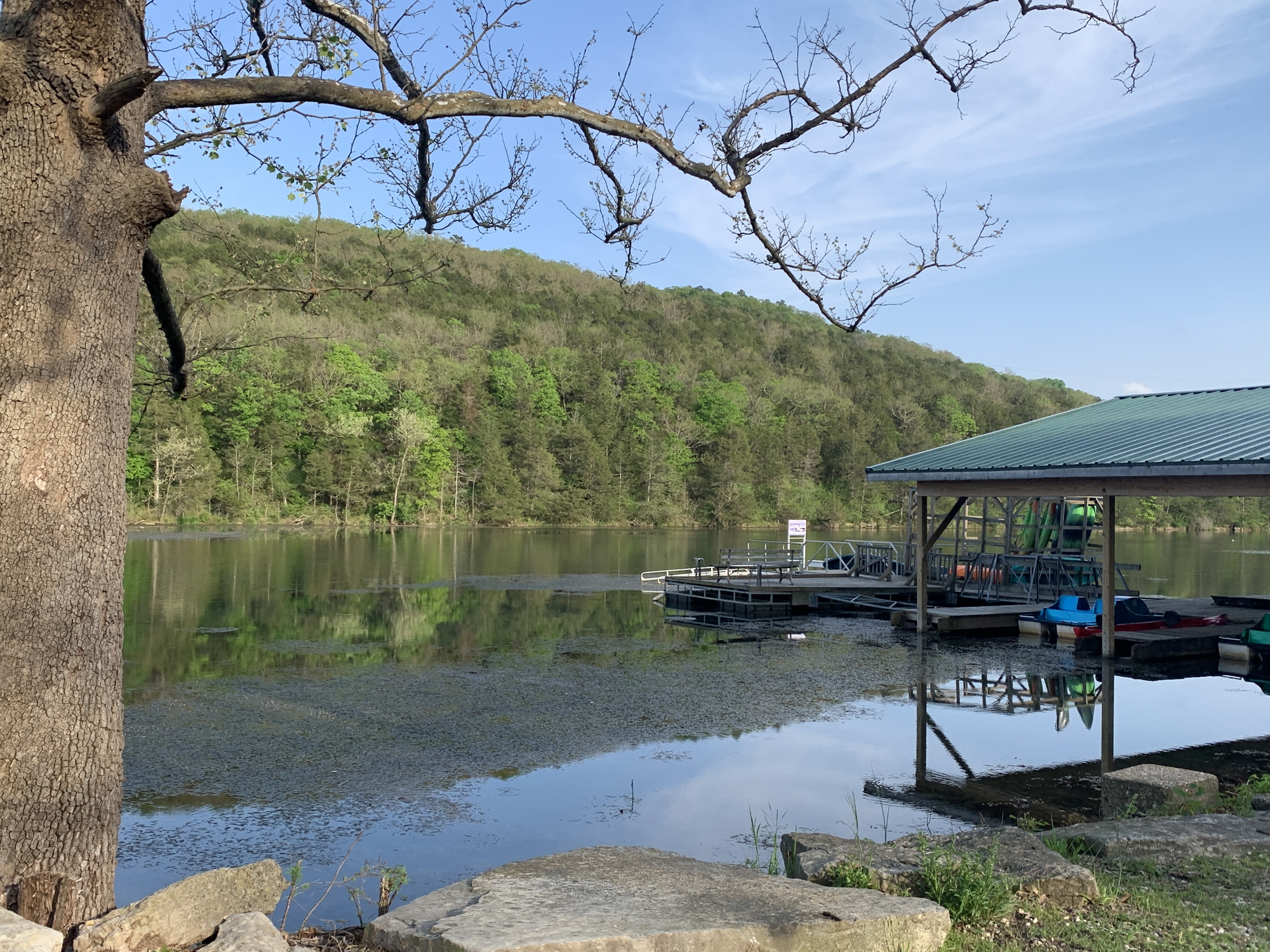
California’s northernmost fishing village sits on Humboldt Bay, where the harbor supports both commercial fishing and lumber operations that have sustained the community for generations. The town features the largest collection of Victorian architecture in the United States, creating a historic backdrop for modern fishing operations.
Local fishermen work waters that produce salmon, crab, and rockfish, continuing traditions that date back to the area’s founding. The combination of fishing heritage and historic preservation creates a unique destination.
Like Travel Pug’s content? Follow us on MSN.
Bar Harbor
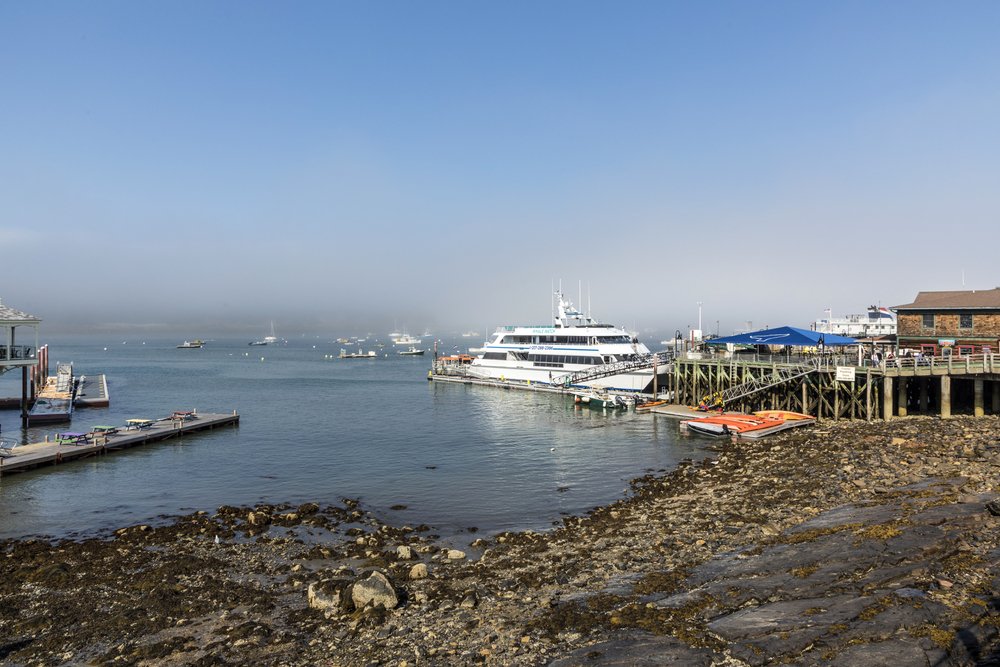
Maine’s fishing village sits on Mount Desert Island, where the harbor provides access to some of the most productive lobster fishing grounds in the world. The town serves as the headquarters for Acadia National Park while maintaining its commercial fishing heritage.
Local lobstermen work waters that have supported fishing families for generations, using traditional methods that preserve both the resource and the culture. The village combines national park tourism with authentic maritime activities.
Seward
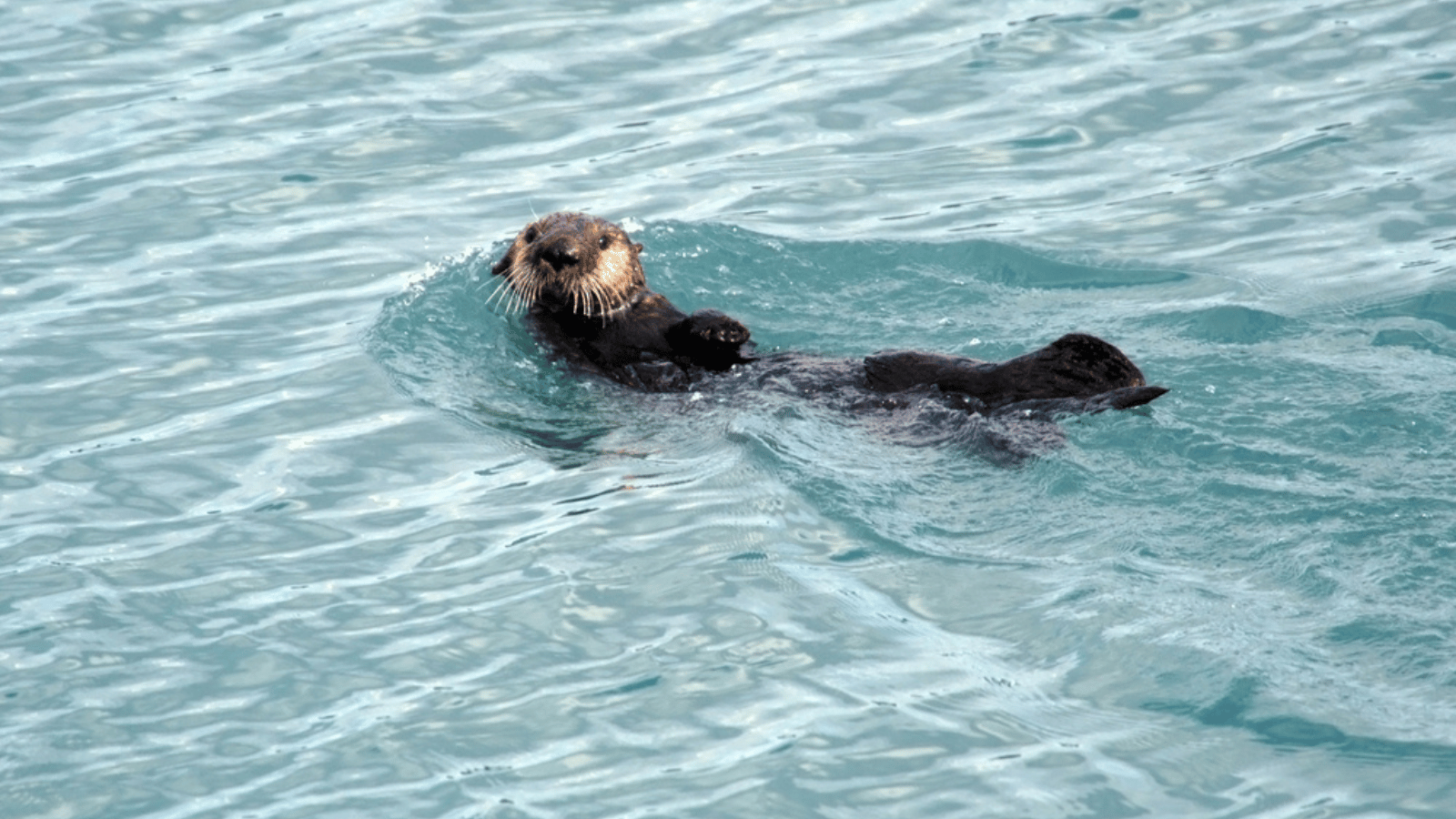
Alaska’s fishing village sits on Resurrection Bay, where the harbor provides shelter for boats working the rich waters of the Gulf of Alaska. The town maintains its frontier character while supporting both commercial fishing and tourism related to nearby Kenai Fjords National Park.
Local fishermen work in waters that produce salmon, halibut, and other species that supply markets throughout the region. The village serves as a gateway to some of Alaska’s most spectacular marine wilderness.
Westport
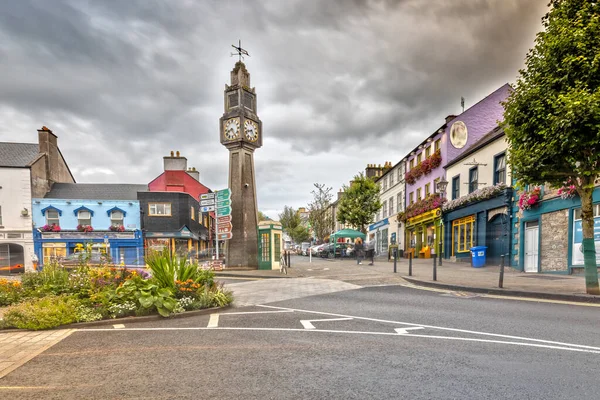
Washington’s fishing village sits where the Columbia River meets the Pacific Ocean, creating one of the most dangerous bar crossings in the world. The town supports both commercial fishing and recreational charter operations, with local captains possessing knowledge essential for safely navigating the treacherous waters.
Local fishermen work on grounds that produce salmon, tuna, and bottom fish, continuing traditions that date back generations. The village maintains its working character while welcoming visitors who appreciate authentic maritime culture.
Like Travel Pug’s content? Follow us on MSN.
Lubec
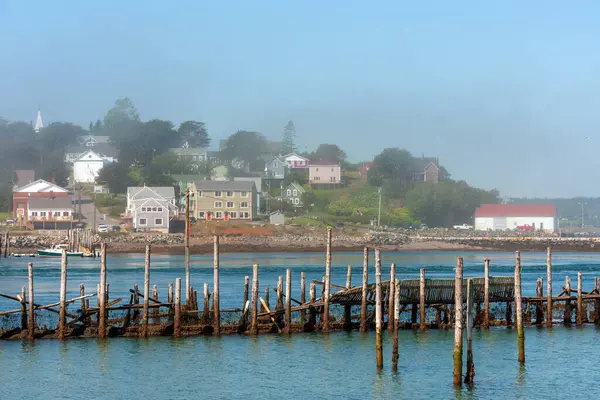
Maine’s easternmost fishing village sits at the entrance to Passamaquoddy Bay, where the harbor provides shelter for boats working the rich waters of the Bay of Fundy. The town maintains its commercial fishing focus while offering visitors access to some of the most dramatic coastline in New England.
Local fishermen work in waters that produce lobster, scallops, and other species that have supported the community for centuries. The village’s remote location has preserved its authentic character and working atmosphere.
Half Moon Bay
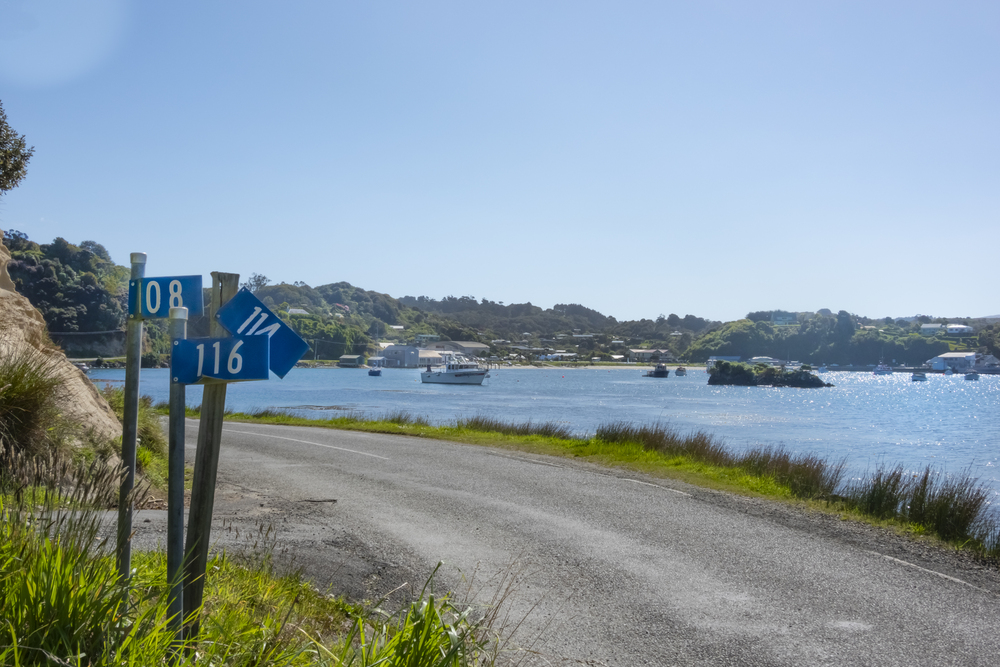
California’s pumpkin capital also maintains active fishing operations, where the harbor supports boats working the waters off San Francisco Bay. The town has balanced tourism with commercial fishing, ensuring visitors experience authentic maritime culture alongside agricultural activities.
Local fishermen work waters that produce salmon, crab, and rockfish, continuing traditions that date back to the area’s founding. The village combines coastal agriculture with fishing heritage, creating a unique destination.
Sitka
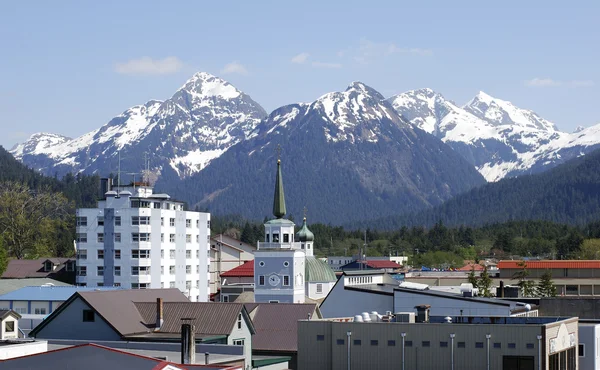
Alaska’s fishing village sits on Baranof Island, where the harbor provides shelter for boats working the rich waters of the North Pacific. The town maintains its Native American and Russian heritage while supporting modern fishing operations that supply markets worldwide.
Local fishermen work in waters that produce salmon, halibut, and other species that have supported the community for thousands of years. The village serves as headquarters for fishing operations that range from small family boats to large commercial vessels.
Like Travel Pug’s content? Follow us on MSN.
Crescent City
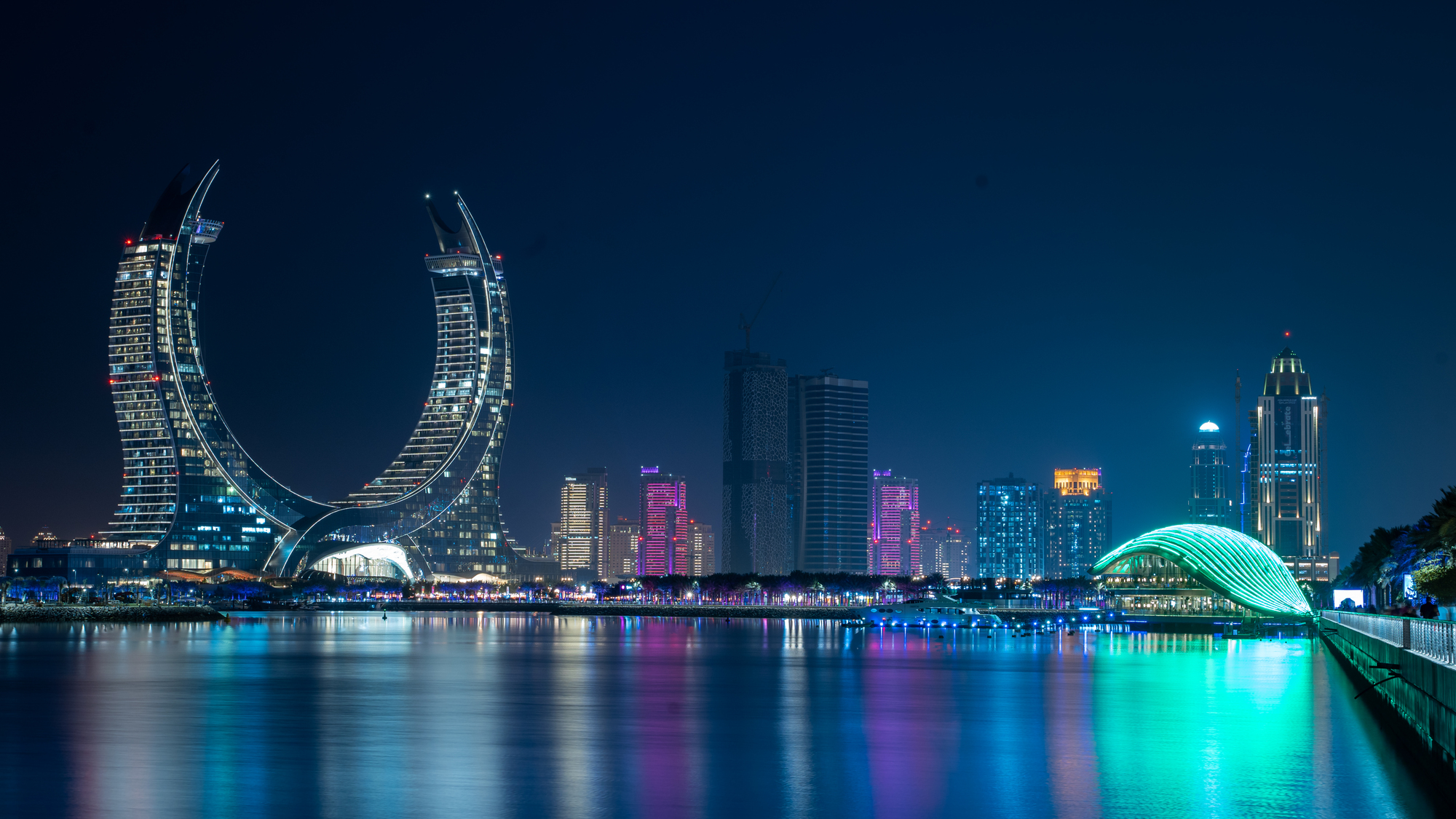
California’s northernmost fishing village sits near the Oregon border, where the harbor provides shelter for boats working the treacherous waters of the Pacific Northwest coast. The town maintains its fishing character while serving as headquarters for Redwood National and State Parks.
Local fishermen work in waters that produce salmon, crab, and rockfish, continuing traditions that have sustained the community for generations. The village combines commercial fishing with access to some of the world’s most spectacular coastal forests.
Ilwaco
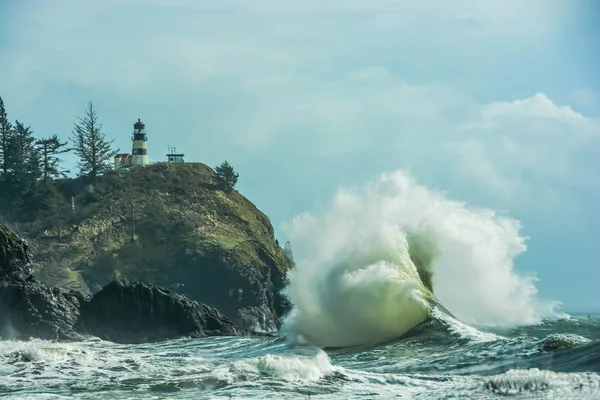
Washington’s fishing village sits at the mouth of the Columbia River, where the harbor provides access to some of the most productive fishing waters on the West Coast. The town maintains its commercial fishing focus while offering visitors access to spectacular beaches and coastal attractions.
Local fishermen work in waters that produce salmon, tuna, and other species that supply markets throughout the region. The village’s working harbor and historic buildings create an authentic maritime atmosphere.
Cordova
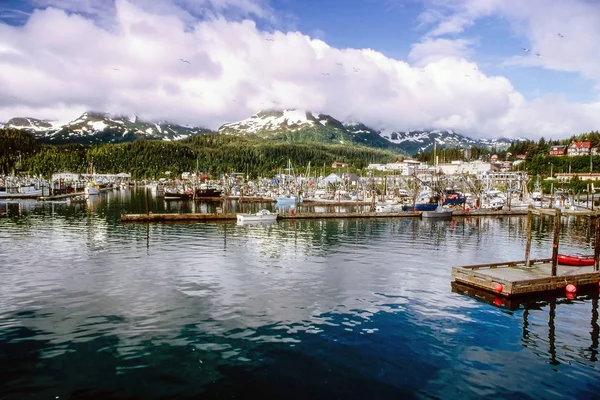
Alaska’s fishing village sits on Prince William Sound, where the harbor provides shelter for boats working the rich waters of the Gulf of Alaska. The town maintains its frontier character while supporting fishing operations that produce some of the world’s finest seafood.
Local fishermen work waters that have supported the community since the early 1900s, using knowledge passed down through generations of fishing families. The village serves as the headquarters for fishing operations that supply premium seafood to markets worldwide.
Like Travel Pug’s content? Follow us on MSN.
Where Tides Still Mark Time
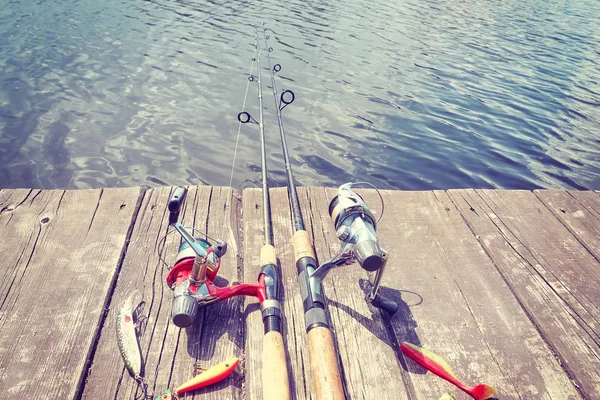
These fishing villages prove that some communities can resist the pressure to modernize while maintaining their economic viability and cultural authenticity. Each location offers visitors opportunities to experience genuine maritime culture, where the rhythm of tides and seasons still governs daily life.
The preservation of these fishing traditions ensures that future generations will understand the deep connections between coastal communities and the sea that sustains them.
More from Travel Pug

- 20 Best Beach Towns in the Carolinas
- 13 Destinations Where Tourists Regularly Regret Their Trip
- 20 Things You Actually Get in First Class
- 20 Small Airports With Aviation Museums
- 20 Places in the U.S. That Are Perfect for a Reset Trip
Like Travel Pug’s content? Follow us on MSN.
